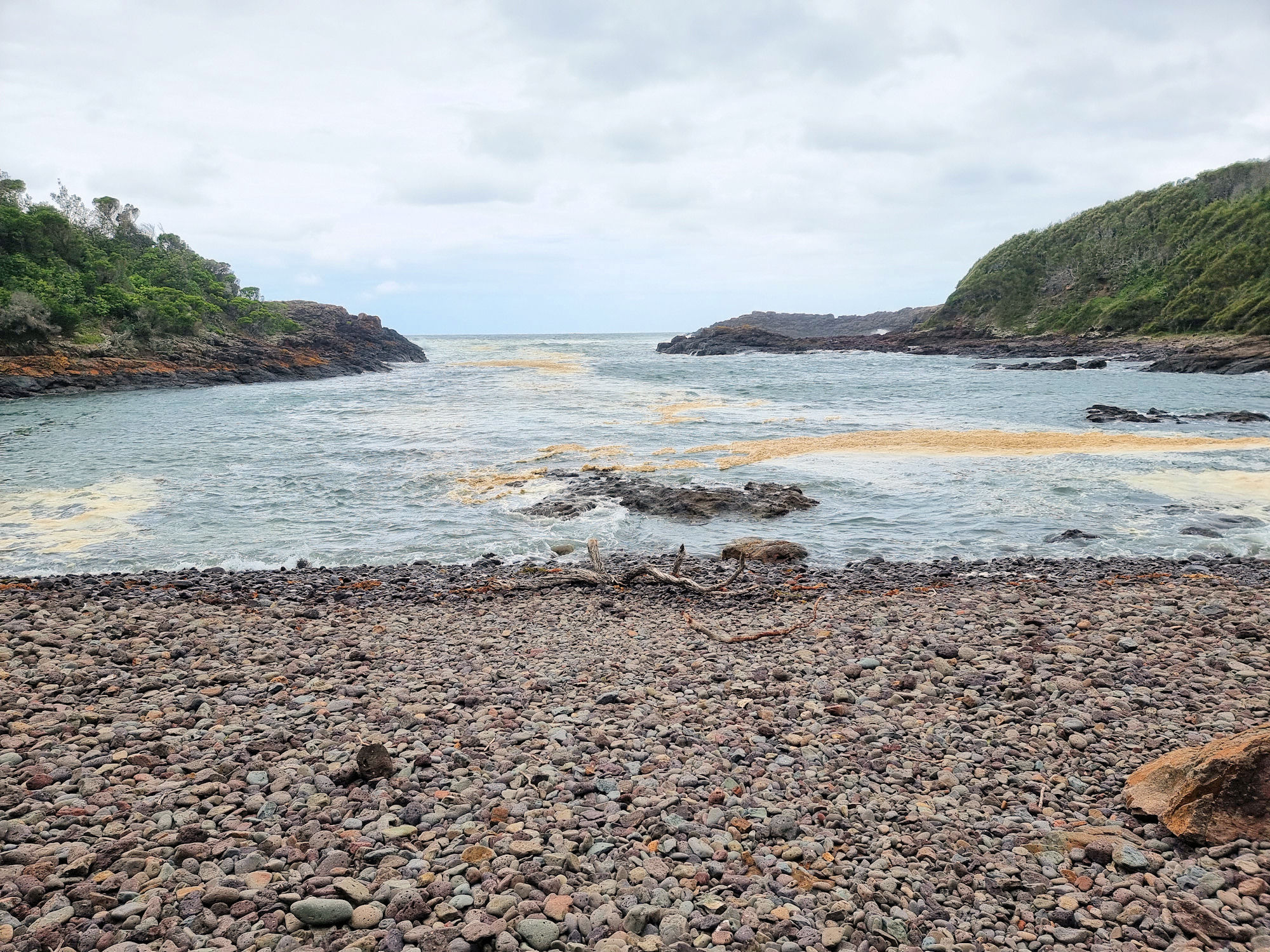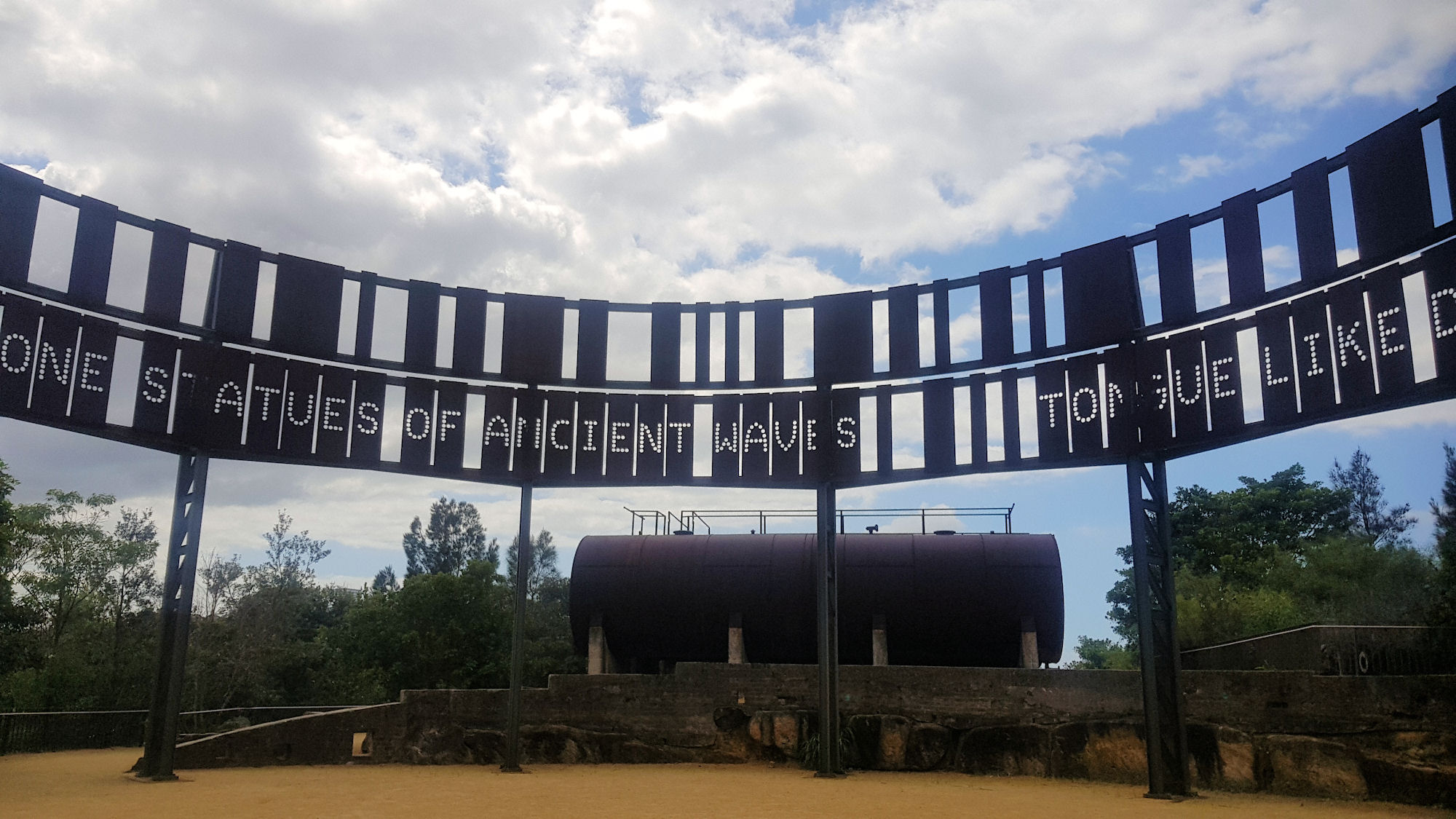Category: Military
-
Bass Point Reserve

Bass Point Reserve A place of significant cultural value, Bass Point Reserve is Heritage Listed, due to extensive Aboriginal and Colonial use of the area. Archaeological evidence indicates that the Elouera people lived here at least 20,000 years ago. Colonial settlers arrived 1803, although European explorers had passed through before this. Settled by cedar cutters and… Read more
-
Wings Over Illawarra 2021 Air Show

Wings Over Illawarra 2021 Delayed since 2020 due to Covid, Wings Over Illawarra was able to get into the air on the weekend of 27/28 November 2021. Held at Shellharbour Airport, south of Wollongong, the air show was well organised, with plenty of parking and helpful volunteers. We stayed at a nearby hotel the previous… Read more
-
Ballast Point Park Sydney Harbour

Ballast Point Park Getting There Located near Balmain Ferry Wharf, the easiest way to get to Ballast Point Park, is ferry. When you arrive, check out the old ferry wharf building, which is now a community library. Originally a fuel storage area, Ballast Point is now a beautifully rehabilitated public space on Sydney Harbour. Intended… Read more